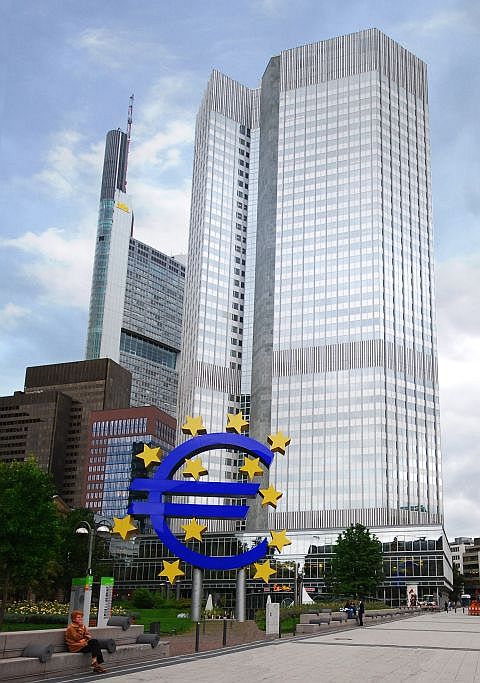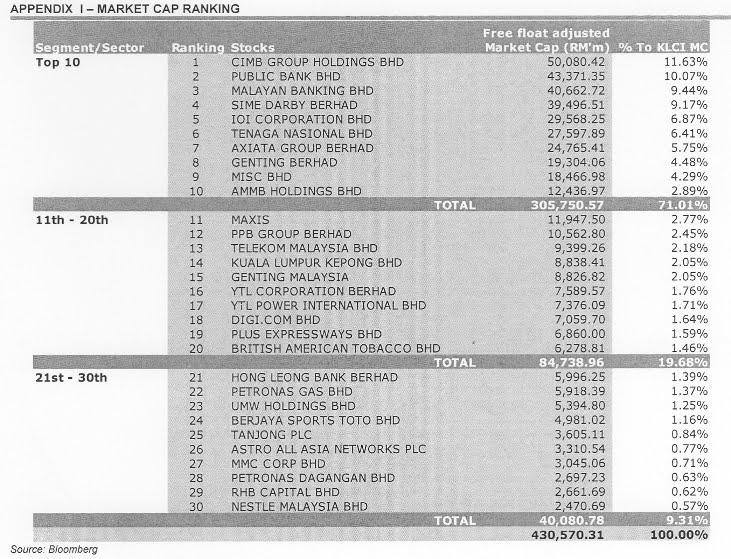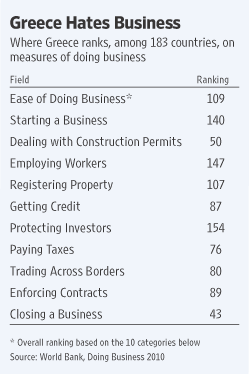Get ready for the European double dip
World debt crisis looms behind Greek mess: Experts
UK credit rating safe – for now
Why the eurozone crisis won’t rattle Asia
Small investors spooked by market swings
What’s a poor investor to do?
 European Central Bank, Frankfurt



